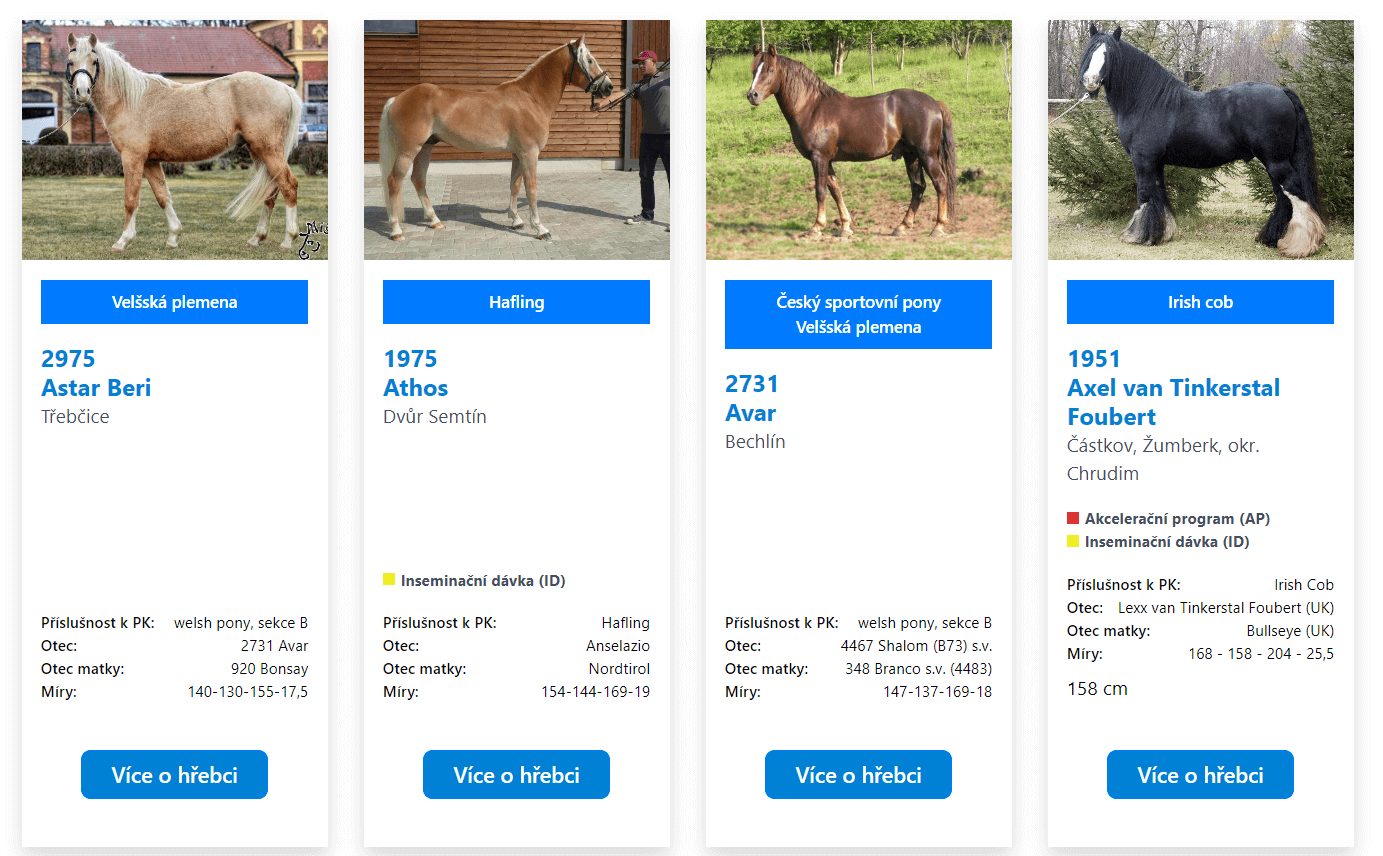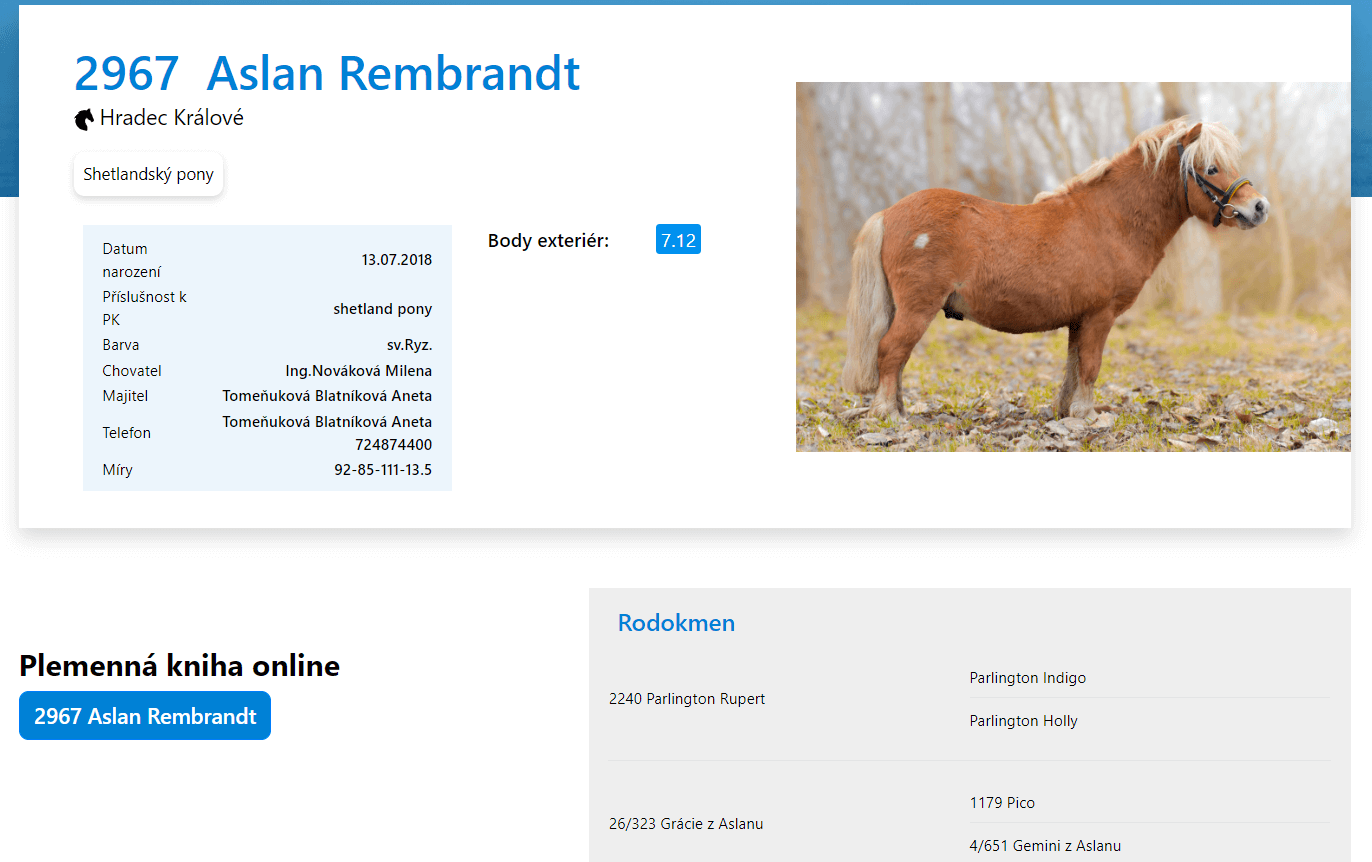How we created and integrated the stallion book into the ASCHK website
Today, businesses and organizations are constantly challenged to effectively use modern technology to improve their processes and services. The story of the collaboration between TRITON IT and client ASCHK (Association of Horse Breeders) is an inspiring example of how a traditional industry can successfully combine technological innovation.
The need to digitise processes
The Association of Horse Breeders, an established keeper of horse studbooks, faced the challenge of modernising its technical systems. With the increase in technology and changes in horse breeders' needs, the existing infrastructure has become outdated and inadequate. To address this problem, ASCHK turned to us to create a new system that would not only be modern, but also easy to use for all horse breeders in the Czech Republic.
One of the main goals of this collaboration was to create a system that would allow easy addition and management of stallion offers for breeding. The implementation of such a system presented a technical challenge, as it was necessary to ensure smooth integration with the existing studbook. Emphasis was placed on separating the new system from the existing infrastructure while maintaining compatibility with future updates to the studbook and the entire web interface.
Creating a tailor-made system
The result is a new intuitive system that allows breeders to easily register their horses and offer them for breeding. The stallion book acts as an online catalogue, allowing breeders to filter stallions by their preferred breed and find not only the stallion's age, measurements or photo in the stallion details, but also the owner's contact details or information about the dam and sire.

By linking to the studbook, this system gives breeders quick access to detailed information on individual horses and makes the whole process of selecting a suitable stallion easier. At the same time, we managed to implement access to the system for breed managers, which was one of the client's requirements and a big challenge, as this solution is not typical for WordPress interfaces for such large systems.
